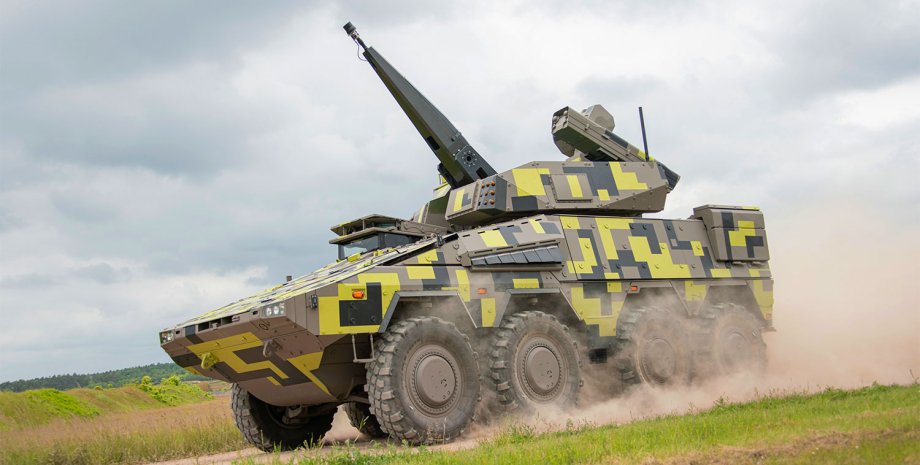Kharkiv bleeds daily under Russian fire as €10 billion in damage leaves 160,000 homeless

Kharkiv stands in ruins after Russia attacks. Daily strikes have devasted the city and caused over €10 billion in damage to Kharkiv, Mayor Ihor Terekhov told Report.
Russian assualts on Ukrainian civilians have intensified amid US President Donald Trump’s attempts to settle peace through diplomatic means, leading to a rising number of civilian casualties.
According to the city’s head, Russia has been systematically targeting Kharkiv’s civilian infrastructure for over three years. More than 12,000 sites have been destroyed or damaged, and most of them are residential buildings.
“160,000 Kharkiv residents have lost their homes. Explosions every day, destruction every day, and sadly, deaths and injuries,” says Terekhov.
Thousands of residents are left homeless
The mayor notes that over 9,500 of the destroyed sites are residential buildings, meaning Russian missiles and drones are primarily targeting civilians. Since February 2022, Kharkiv has not seen a single day without shelling.
“Currently, the need for windows exceeds 50,000. Every strike increases this number by another thousand, one and a half, two. The record was more than five thousand in one attack,” the mayor revealed in June.
Reconstruction will require billions
“We are facing massive destruction. The city will need even more funds to rebuild,” Terekhov states, estimating the damage at around €10 billion.
Still, he stressed, “no amount of money can bring back the lives and health lost.”
Terekhov underscored that Kharkiv is under constant attack and that “civilian targets are primarily being hit.”
The scale of destruction and number of victims make it clear: Russia is deliberately devastating Ukraine’s largest city near the border.
Earlier, Russia tested its new modified bomb in an attack on Kharkiv. Children, an infant, and a pregnant woman were among the wounded. A new type of aerial bomb, the UMPB-5, with 250-kg warhead, hit the central part of the city in the first known use of this weapon.
Two airstrikes were launched from over 100 kilometers away. The strikes damaged 20 residential buildings, including 17 apartment blocks in the Shevchenkivskyi and Kholodnohirskyi districts. The blast wave shattered over 600 windows, forming a crater in the street. Seven cars were destroyed by fire, and 18 more were damaged. One industrial facility caught fire, resulting in a large-scale blaze.


